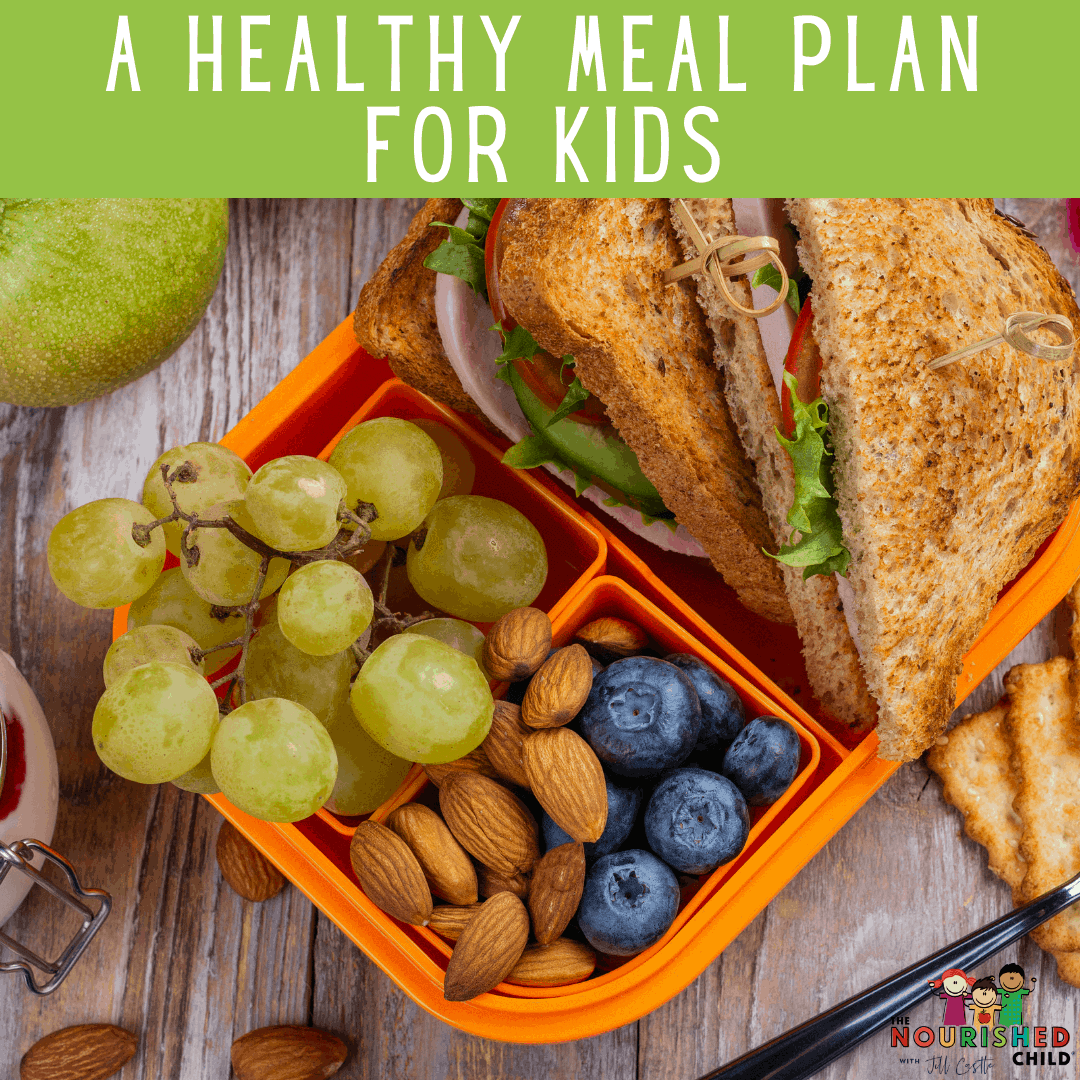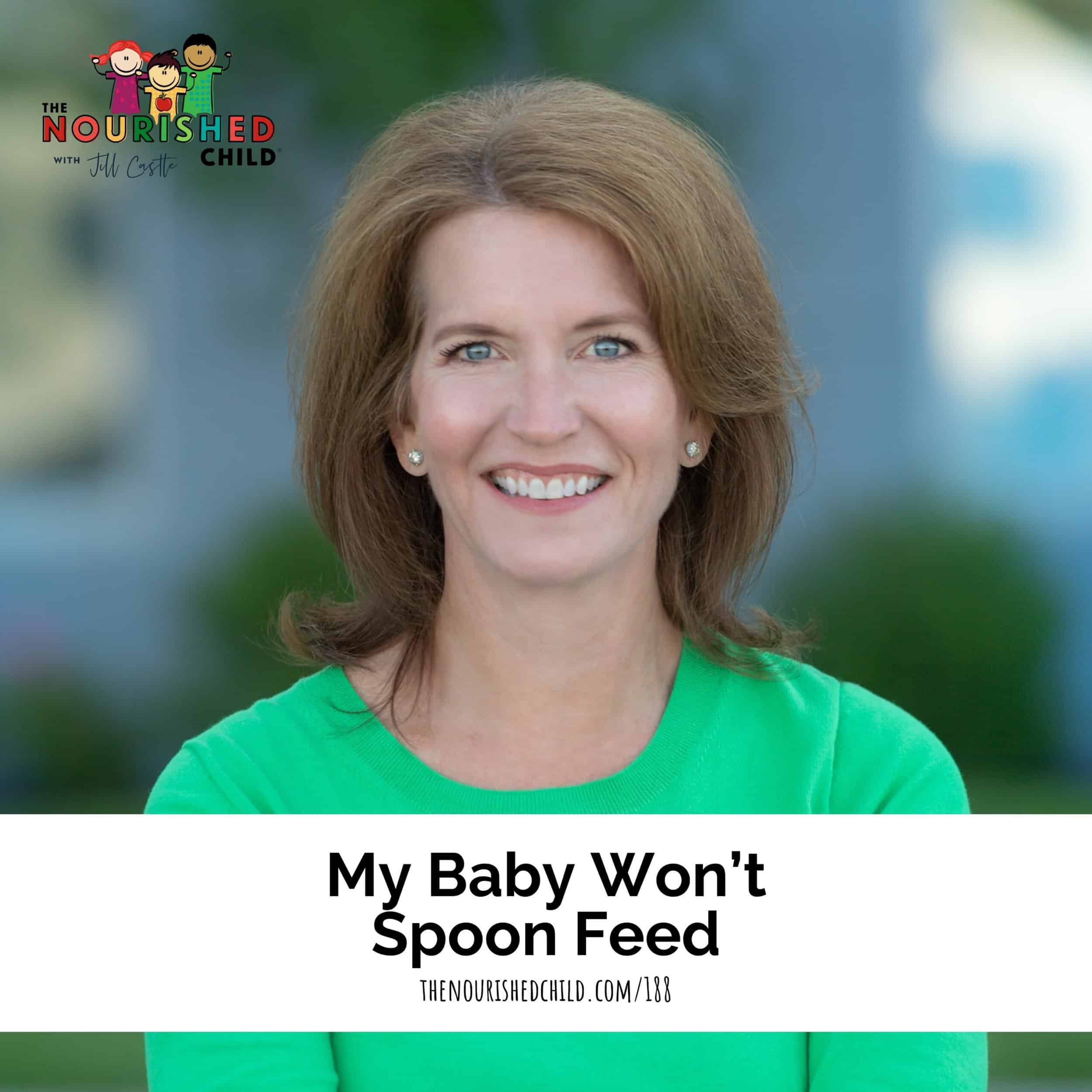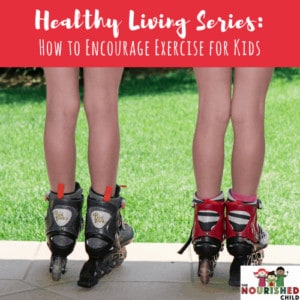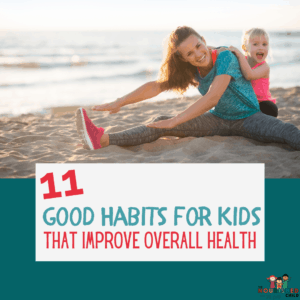The Ultimate Guide to Choosing Yogurt for Kids
June 3, 2023
Kids love yogurt, but sometimes they want sugary options. Learn how to choose the best kids yogurt option for your family.
One of the most frequent questions I have been asked over the years in my work as a pediatric nutritionist is the query about yogurt.
Specifically, parents want to know how to sort out the variety of kids yogurt options for their child.
If you’ve perused the dairy section lately, you know there are quite a lot of options to sift through.
From Skyr (an Icelandic type of yogurt) and Greek yogurt, both high protein yogurt types, to low sugar yogurt fortified with brain nutrients like DHA, and good ole fashioned plain yogurt.
It can be overwhelming to make a decision that is right for your child.
And this doesn’t even take into account the non-dairy milk based yogurts!
No worries.
We are going to sort through it all and create what I like to call ‘A hierarchy of yogurt.’
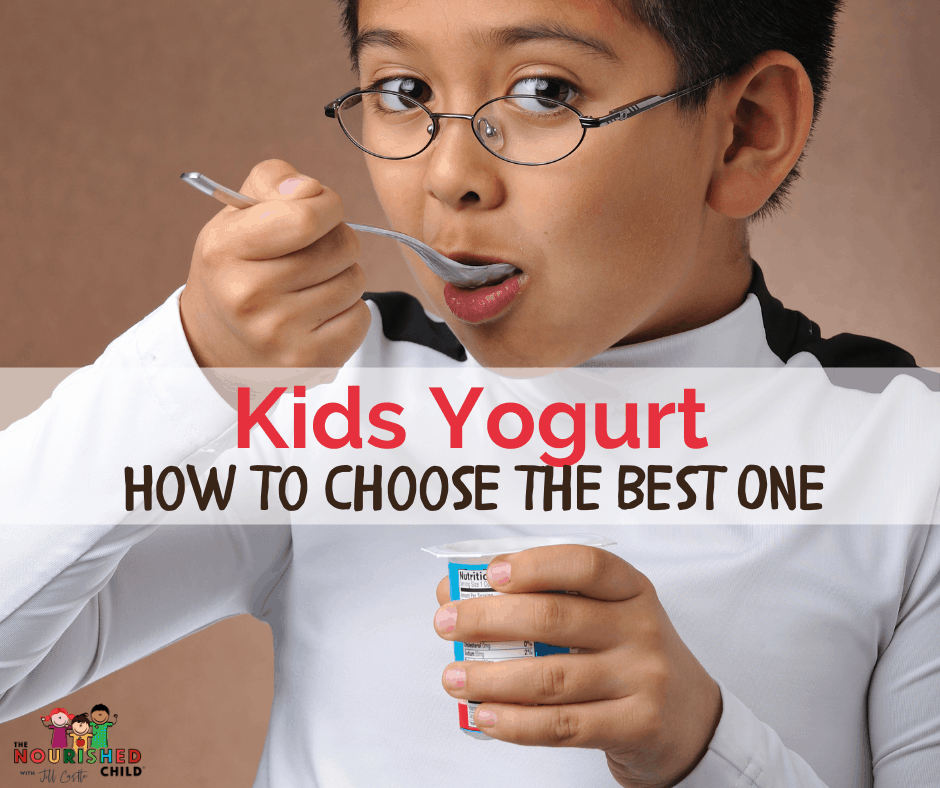
A Word on Non-Dairy Yogurt Brands
There is a lot of non-dairy yogurt options in the marketplace today.
From soy to oat, and everything in between, non-dairy yogurts have a different nutritional profile.
Many have lower protein and lower fat content and are fortified with calcium, vitamin D, other nutrients and additives like thickeners to more closely match what dairy yogurt has to offer.
If you’re interested in knowing more about non-dairy milk alternatives, read 5 Surprising Facts You Should Know About Non-Dairy Milk.
What is the Best Yogurt for Kids?
For kids, the flavor of yogurt and the texture is what matters most to them.
Nutrient and health quality mean less.
But to their parents, these factors matter most.
You might say the best kids yogurt is the one that gets eaten.
If it isn’t eaten, it doesn’t really matter for nutrition, right?
To parse this further, we need to analyze the options so you can choose the best one for your child.
What are the Benefits of Yogurt for Children?
Yogurt has several benefits on health, including gut health, bone health, and satiety.
Bone Development and Health
As a calcium rich food, yogurt helps kids build healthy, strong bones.
In other words, it’s a calcium rich food for bones.
A cup of dairy yogurt has roughly 200 mg (in Greek style) to 300 mg calcium per cup in some types, and perhaps even higher.
Your best bet is to look at the Nutrition Facts Panel for the Daily Value (DV) which is reported as a percentage.
Anything 5% or below is considered low in calcium, while anything 20% DV or higher is considered a good source of calcium.
To get the milligrams, multiply by 10. For example, 45% DV of calcium would be 450 milligrams of calcium.
How Much Calcium Does a Child Need?
Growing children need calcium from a variety of calcium foods to harden and strengthen their bones.
The following are the daily calcium needs of kids:
| AGE | RDA |
| 0-6 months 6-12 months | 200 mg* 260 mg* |
| 1-3 years | 700 mg |
| 4-8 years | 1000 mg |
| 9-13 years | 1300 mg |
| 14-18 years | 1300 mg |
(*AI (Adequate Intake) = the recommended average daily intake based on data assumed to be adequate for this age group.)
You’ll also find yogurt is a source of vitamins B6 and B12, riboflavin, potassium and magnesium, which helps with growth, development and overall health.
For more on calcium and how to make sure your child is eating enough, check out my E-book, The Calcium Handbook for Kids.
Yogurt Contains a Good Source of Protein
Dairy yogurts in general, are a good source of protein.
In regular dairy yogurt, you can expect to find 8 grams of protein per cup. This is the equivalent of what you’d find in a glass of milk.
You can find higher protein content in Greek yogurt and Skyr (Icelandic) types of yogurt.
They offer anywhere from 1 ½ to 2 times the amount of protein in regular yogurt.
Protein helps with growth and development, especially in children.
It also helps kids feel full after eating, due in part, to its ability to tamp down ghrelin (the hunger hormone).
Fat Content in Kid Yogurt
The fat content of kid yogurt is the same as it is for adult varieties of yogurt.
Generally, you’ll find non-fat or fat free to full fat (whole milk based) and options in between.
Fat may also contribute to fullness after eating. This is due to the slowing effect it has on digestion.
In other words, fat takes longer to digest (similar to fiber), keeping you fuller, longer.
So, a full fat yogurt may be more filling and satisfying than a fat-free or low fat yogurt.
Fat is also a key partner in helping the body absorb fat-soluble vitamins like vitamins A and D.
And it adds a creaminess and pleasant texture to foods.
Fat and protein in yogurt can work together to help your child feel full and satisfied, making him less likely to overeat.
Yogurt and Gut Health
Some yogurts contain live cultures which can aid in establishing and maintaining a healthy gut.
For more on gut health, listen to my podcast episode with dietitian Kate Scarlata.
Live cultures are living organisms which change milk into yogurt during fermentation.
Some yogurts are heat-treated after fermentation and most if not all of the live organisms are destroyed.
Yogurt is just one type of fermented foods that children can enjoy.
Newer products are entering the marketplace, including yogurts fortified with brain nutrients such as DHA, ALA and choline.
Types of Yogurt for Kids
From fat free to full fat, and plain to candy-added types, the range of yogurt types is broad.
Let’s break down the various types of yogurt, and build them from healthiest to least healthy.
Plain Yogurt
The basic yogurt is a plain version, with nothing added to it.
It’s made from plain cow’s milk with active, live cultures added. The bacteria converts the lactose (milk sugar) to lactic acid which thickens the milk and gives it a tangy taste.
Variations: you can purchase nearly every variety of yogurt, from regular to Greek and non-fat to full fat, in a plain version. Read more about the benefits of whole milk.
Flavored Yogurt
Flavored yogurt is the basic plain yogurt with added flavors and sugar, typically.
Common flavored yogurts include vanilla, banana, and strawberry.
Often, flavored yogurts are blended, so you won’t have any chunks or seeds in it, making it very smooth.
Aim for Low Sugar Yogurt for Kids
Read the labels on flavored yogurt as the sugar content varies considerably.
One British Medical Journal study showed that sugar content in yogurt for kids had quite a range:
- Plain/Greek yogurts: 5.0 g (ranging from 1.6-9.5 g)
- Children’s yogurts:10.8 g (ranging from 4.8-14.5 g)
- Flavored yogurts:12.0 g (ranging from 0.1-18.8)
- Fruit yogurts: 11.9 g (ranging from 4.6-21.3)
- Organic yogurts: 13.1 g (ranging from 3.8-16.9)
They found that less than 9% of children’s yogurts qualified as a low sugar product.
Less than 9% of kid yogurt qualifies as low in sugar. #yogurtnutrition #thenourishedchild Click To TweetFruited Yogurt
Yogurt with fruit on the bottom is just as described.
You’ll find yogurt with a jam-like fruit puree on the bottom and the idea is to mix it into the plain yogurt.
These can be quite tasty and sweet.
Some kids won’t bother to stir and get turned off by the sourness of plain yogurt if they aren’t used to it.
Other kids don’t like the bits and pieces the fruit provides.
The biggest watch-out in fruit yogurt is the sugar content.
Often, the fruit-on-the-bottom version can showcase quite a bit of sugar, as detailed above.
You can read more on the added sugar guidelines for children in this article.
Yogurt with Stir-Ins
Some yogurts come with additions you can stir into the yogurt. They are found atop or alongside the yogurt cup.
These stir-ins can range from granola and/or nuts to candy and/or cookie crumbles.
Obviously, these carry extra sugar and calories and their nutritional profile can look more like an ice cream cone than a nutritious cup of yogurt.
Bottom Line on Kids Yogurt
It’s not difficult to figure out which are the best ones from a nutritional stand point.
Ranked in order, by health and nutritional quality, the best to worst are:
- Plain yogurt
- Flavored yogurt
- Fruit on the Bottom yogurt
- Yogurt with Stir-ins
What about Frozen Yogurt?
Frozen yogurt is often touted as a better alternative to ice cream.
But let’s be clear: yogurt that is frozen is NOT frozen yogurt.
Frozen yogurt has sugar, flavors and other additives like stabilizers to produce the flavor and consistency of a frozen dessert.
It is generally made out of milk, yogurt cultures and sugar.
The type of milk used will influence the amount of fat and calories the frozen yogurt contains.
For example, whole milk frozen yogurt will have more fat, and calories, than a frozen yogurt made with non-fat milk.
Some frozen yogurts contain helpful bacteria and ease digestion for those who are sensitive to lactose.
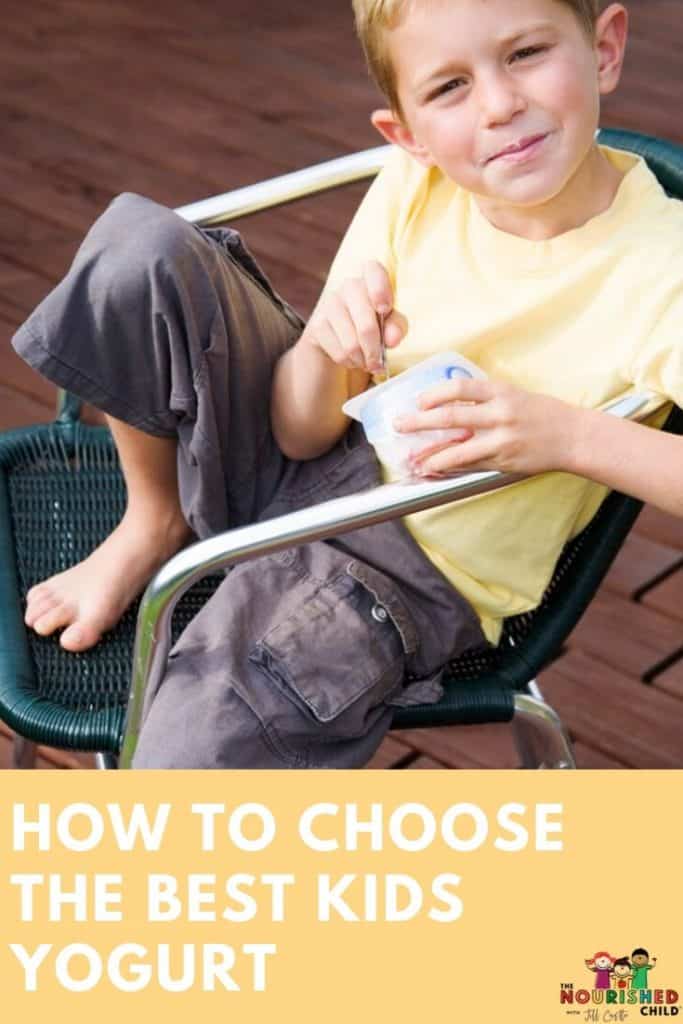
Forms of Kids Yogurt
Today, you can get yogurt in a variety of different forms.
Here are the most popular forms of yogurt for children:
- Traditional cup – The portion sizes for yogurt cups vary from 4 to 8 ounces and just about every size in between. Greek yogurts are often found in a 5 ounce portion, while traditional yogurt is found in 4 and 8 ounce cups. Variations: a tub or pint of yogurt (from 16-32 ounces)
- Yogurt sticks – these are generally 2 ounce portions of yogurt packaged in a long, thin tube. Refrigerate or freeze for a frozen confection.
- Yogurt-based Drinks – “Smoothies” are packaged in 4 ounce and up to 12 ounce drinkable containers.
How to Choose a Kids Yogurt
Here are some questions to ask yourself to help you decide which type of yogurt to choose for your child:
1. What nutritional qualities am I looking for?
Fat Content: whole milk yogurt, low fat yogurt, non-fat yogurt
Protein Content: regular yogurt, Greek yogurt, Skyr, other high protein yogurts
Sugar Content: no added sugar, low sugar yogurt, sugar added yogurt
Fortified with added nutrients or presence of live cultures
2. What texture does your child enjoy?
- Smooth
- Lumpy
- Crunchy
- Frozen
3. What form of yogurt do you want?
- Cup
- Bottle
- Stick
For me and my kids, I go for nutritional quality first, then form and function.
Yet, in the end, I really want my kids to enjoy yogurt.
I often purchase both plain and flavored (vanilla or strawberry) and mix them together.
Other times I will use plain yogurt and add honey, fresh or frozen berries, and granola.
I use yogurt in smoothies, and plain Greek yogurt as a substitute for sour cream.
Frequently Asked Questions About Kids Yogurt
Here are some of the most common questions I get about yogurt:
Does yogurt have lactose?
In general, yogurt is considered a low lactose food.
Fermentation with lactic acid converts some of the lactose (milk sugar) into glucose and galactose, breaking it down before your body has to.
Many individuals with lactose intolerance can enjoy yogurt.
Be sure to start with small amounts if you’re lactose intolerant and see how much you can tolerate without symptoms. Greek yogurt is also a low lactose food.
What are the carbs in yogurt?
The carbohydrate source in yogurt comes from lactose, or the natural source of sugar found in milk.
Generally, a cup of plain yogurt has about 12 grams of carbohydrate and a cup of plain, non-fat Greek yogurt has about 9 grams per cup.
The carb content of yogurt increase when additions like fruit, sugar, and stir-ins are included.
Can you freeze yogurt?
Absolutely.
The easiest yogurt to freeze are the “sticks.”
If you want to freeze yogurt for smoothies, use an ice cube tray. Some parents freeze “dots” or “circles” of yogurt for a healthy baby or toddler snack idea.
Should kids eat yogurt everyday?
Eating yogurt every day is a good way to make sure your child is getting a good amount of calcium in their diet. Additionally, since yogurt is a fermented food, it promotes a healthy gut.
What is the #1 recommended yogurt for little ones?
In my opinion, YoBaby is a good option for babies and toddlers. I wrote an entire article on this topic. Read: 10 Best Yogurts for Babies.
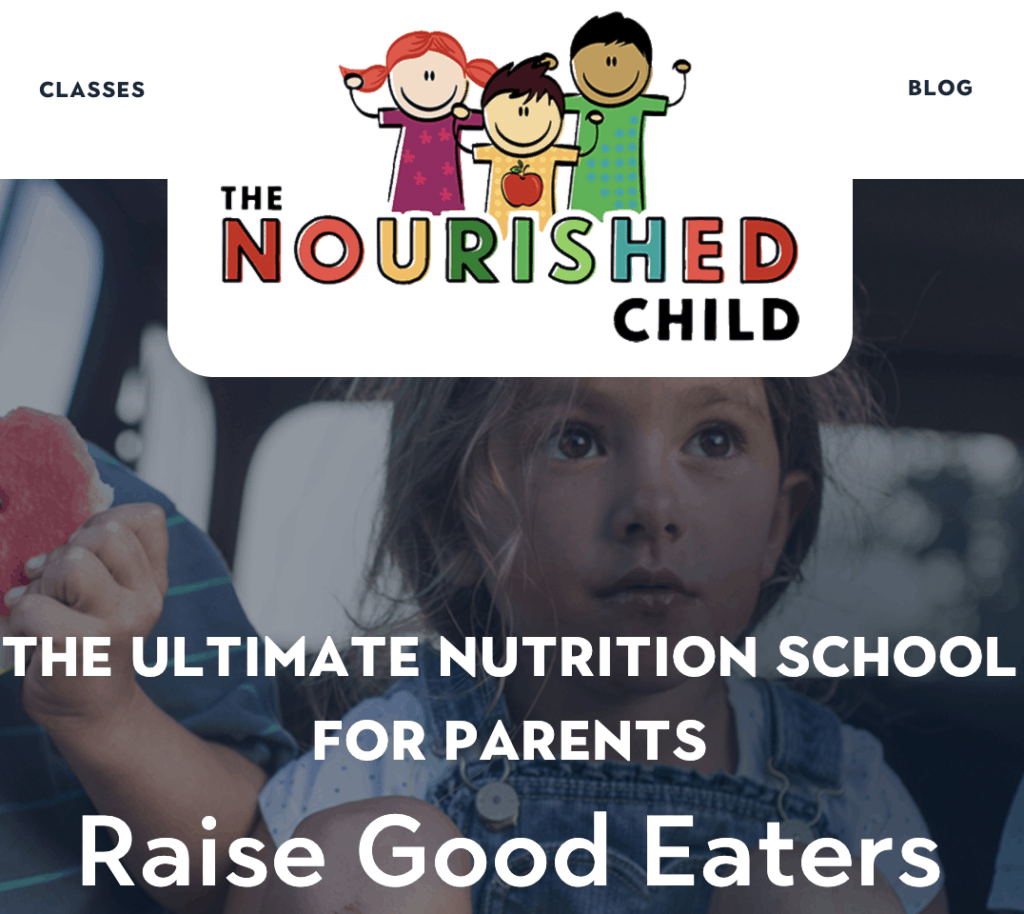
Need More Help with Your Child’s Nutrition?
Head over to my shop and check out our workshops, classes and read guidebooks to help you raise a good eater.
This post was created in partnership with the dairy families of New England. All opinions are my own.
For information about the dairy farm families of New England, school nutrition, and health and wellness topics, please visit New England Dairy.com.
This post was originally written in September 2019 | Updated in June 2023.

